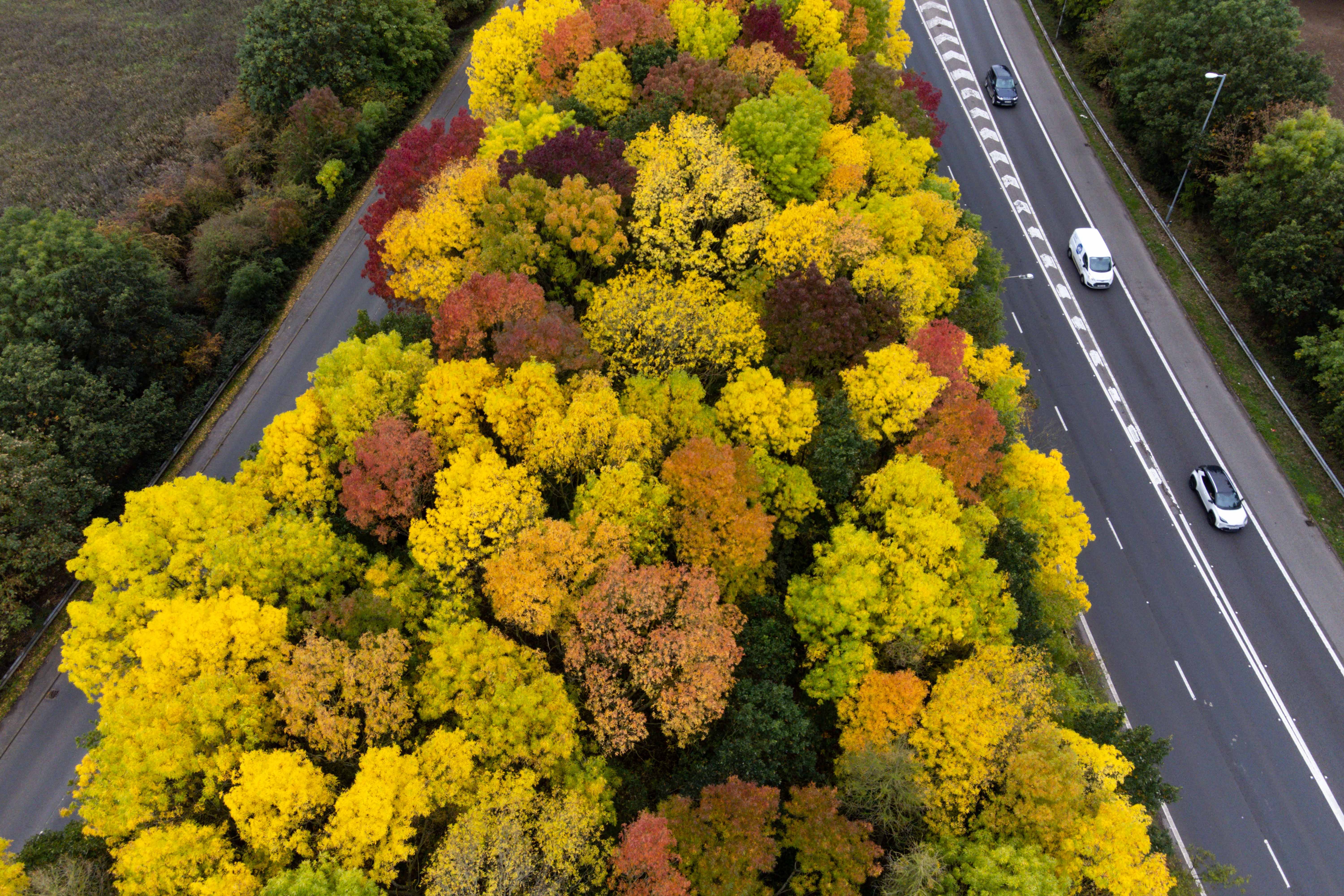Planting trees could cut deaths from high summer temperatures in cities – study
Researchers say there is an increasingly urgent need for cities to adapt to improve health outcomes

Your support helps us to tell the story
From reproductive rights to climate change to Big Tech, The Independent is on the ground when the story is developing. Whether it's investigating the financials of Elon Musk's pro-Trump PAC or producing our latest documentary, 'The A Word', which shines a light on the American women fighting for reproductive rights, we know how important it is to parse out the facts from the messaging.
At such a critical moment in US history, we need reporters on the ground. Your donation allows us to keep sending journalists to speak to both sides of the story.
The Independent is trusted by Americans across the entire political spectrum. And unlike many other quality news outlets, we choose not to lock Americans out of our reporting and analysis with paywalls. We believe quality journalism should be available to everyone, paid for by those who can afford it.
Your support makes all the difference.Planting more trees could decrease deaths from higher summer temperatures in cities by a third, new research suggests.
According to the study, of the 6,700 premature deaths linked to higher temperatures in European cities during 2015, one third of these (2,644) could have been prevented by increasing urban tree cover up to 30%.
The modelling study also found that tree cover reduced urban temperatures by an average of 0.4 degrees during the summer.
Our results suggest large impacts on mortality due to hotter temperatures in cities, and that these impacts could be partially reduced by increasing the tree coverage to help cool urban environments
The study’s lead author, Tamara Iungman – from the Barcelona Institute for Global Health, said: “We already know that high temperatures in urban environments are associated with negative health outcomes, such as cardiorespiratory failure, hospital admission and premature death.
“This study is the largest of its kind, and the first to specifically look at premature mortality caused by higher temperatures in cities and the number of deaths that could be prevented by increasing tree cover.”
The city average tree cover in Europe is currently at 14.9%, so meeting the target of 30% tree coverage could be very challenging for some cities.
Researchers suggest that urban environments record higher temperatures than the surrounding countryside, generally referred to as “urban heat islands”.
The temperature difference is caused by human activities such as removal of vegetation, the presence of asphalt – which absorbs heat and puts it back into the surrounding air – and the use of building materials that absorb and trap heat, the study suggests.
Increased temperatures in cities are predicted to become more intense with climate change, resulting in an increasingly urgent need for cities to adapt to improve health outcomes.
For example, the study found that the average summer temperature in Barcelona, Spain, was 25.82 degrees, the effect of the urban heat island was 1.09 degrees.
While the average temperature in Cluj-Napoca, Romania, was 23.09 degrees, and the effect of the city heating was 2.43 degrees.
In the study, scientists estimated death rates of people over 20 years old in 93 European cities between June and August 2015.
This accounted for some 57 million people in total.
Data on deaths from around this time was analysed with daily average city temperatures in two modelling scenarios.
The first compared the city temperature without urban heat islands with city temperature with urban heat islands.
And the second simulated the temperature reduction as a consequence of increasing the tree cover to 30%.
Researchers estimated the number of deaths attributable to urban heat as well as the number of deaths that could be prevented through increasing the tree cover.
From June 2015 to August 2015, the average daily temperature in cities was 1.5 degrees warmer than the surrounding countryside, the study suggests.
Across all cities, 75% of the population lived in areas with an average summer city temperature difference more than one degree hotter than the surrounding countryside.
The study also found that 20% lived in an area with an average summer temperature difference greater than two degrees, compared with the surrounding countryside.
Researchers say their findings support the idea that urban trees provide substantial public health and environmental benefits.
However, they acknowledge that increasing tree coverage should be combined with other interventions to maximise urban temperature reduction – for example, changing ground surface materials to reduce night-time temperatures such as replacing asphalt with trees.
Study co-author Mark Nieuwenhuijsen, director of urban planning, environment and health at the Barcelona Institute for Global Health, said: “Our results suggest large impacts on mortality due to hotter temperatures in cities, and that these impacts could be partially reduced by increasing the tree coverage to help cool urban environments.”
The study is published in The Lancet.